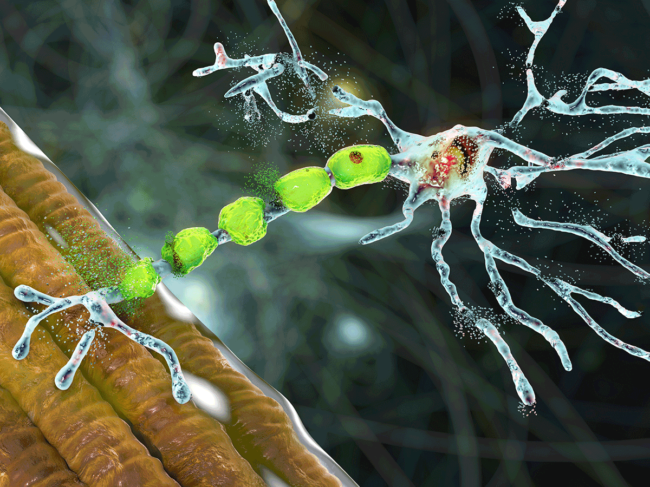
Neurology/psychiatric, BioWorld Science
Neurology/psychiatric
RIP-1 inhibitors disclosed in Shanghai Institute of Organic Chemistry patent
Read MoreNeurology/psychiatric
Lifearc and Neuropeutics collaborate to advance small molecule for ALS
Read MoreNeurology/psychiatric






